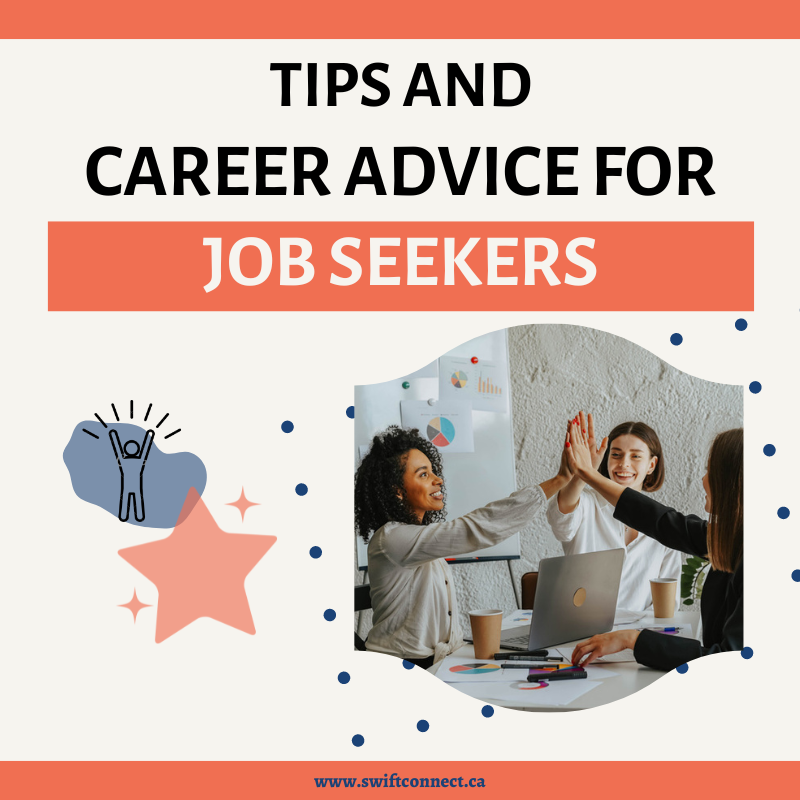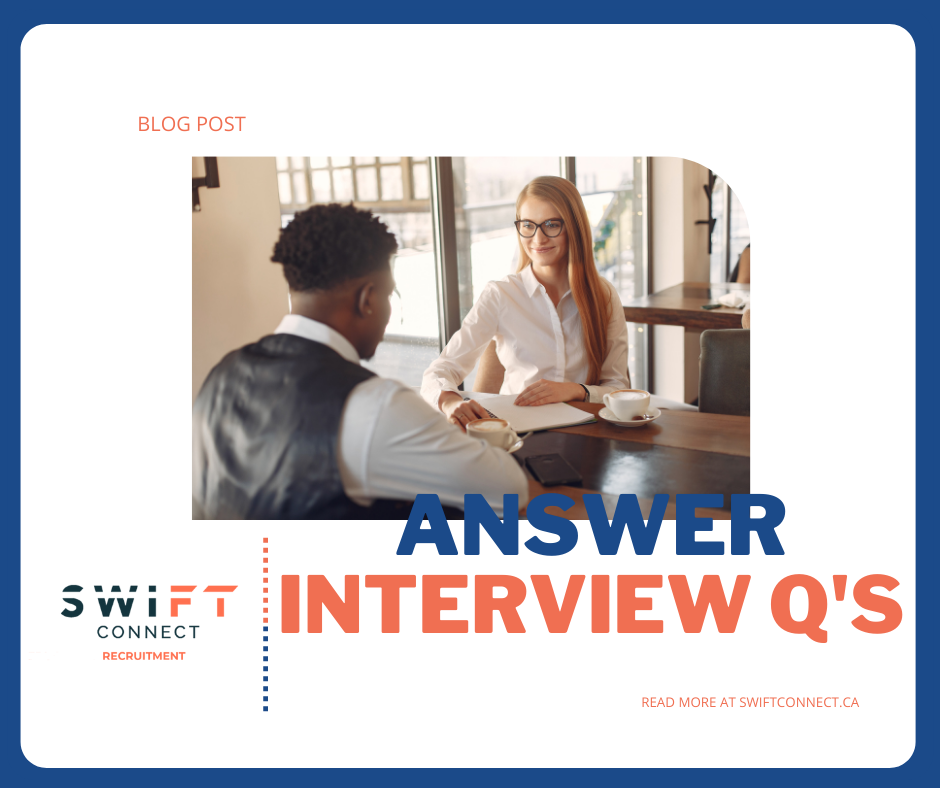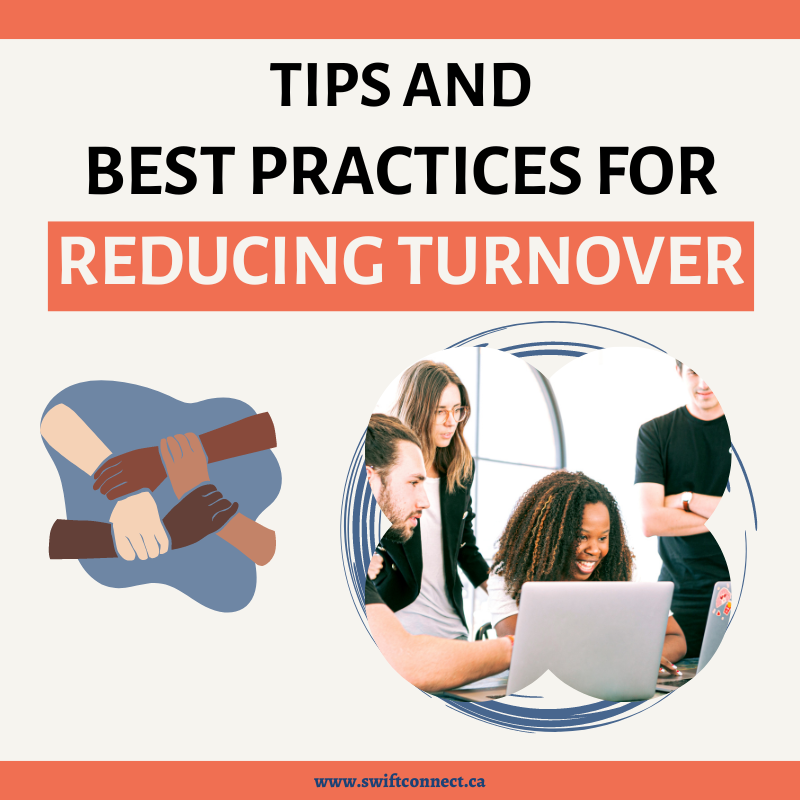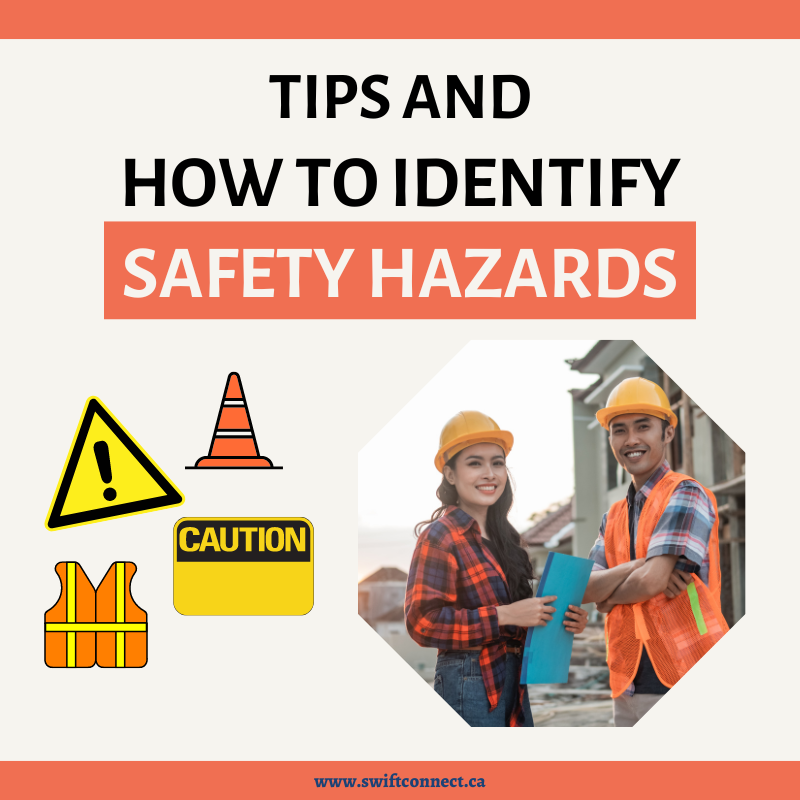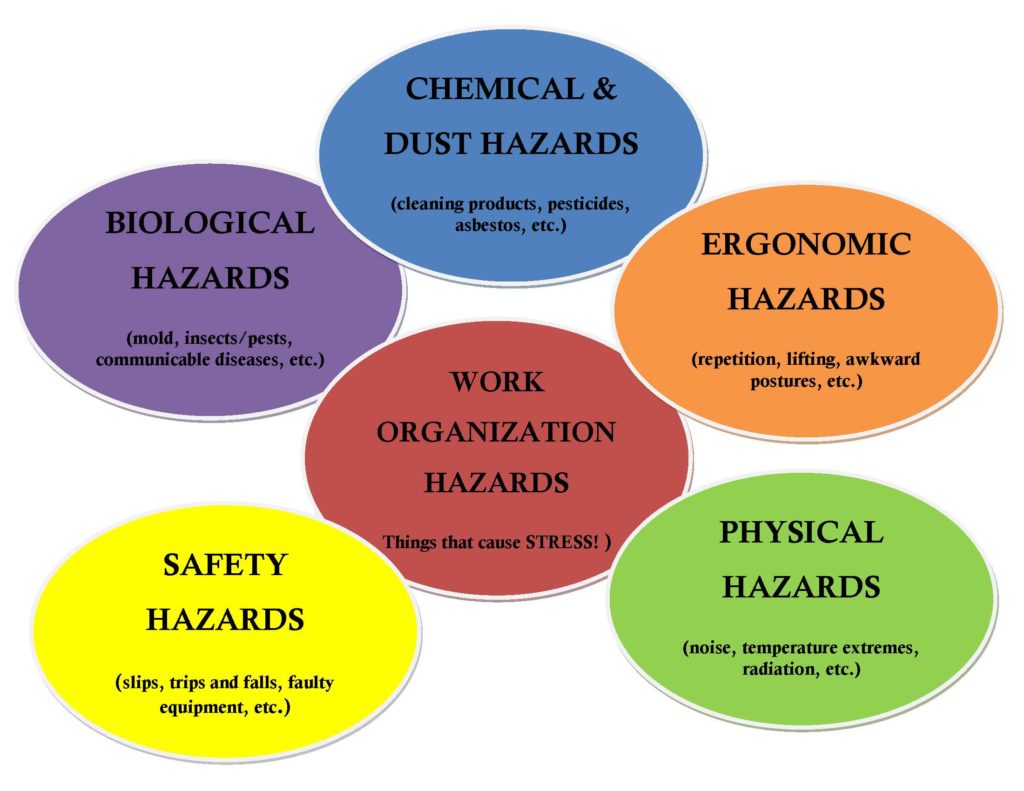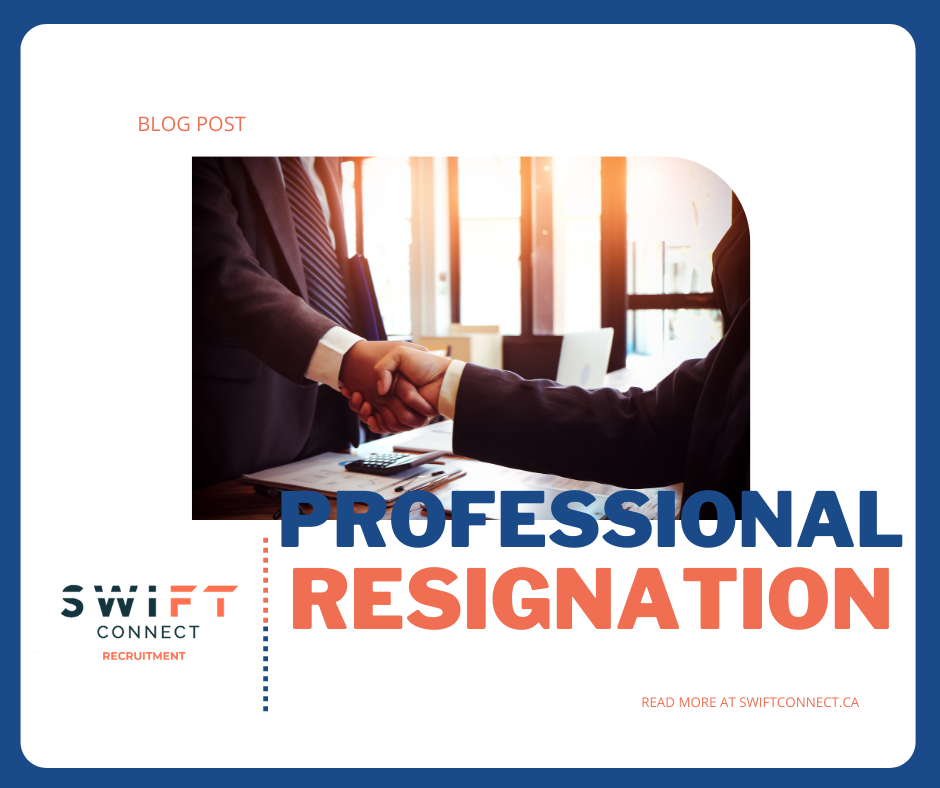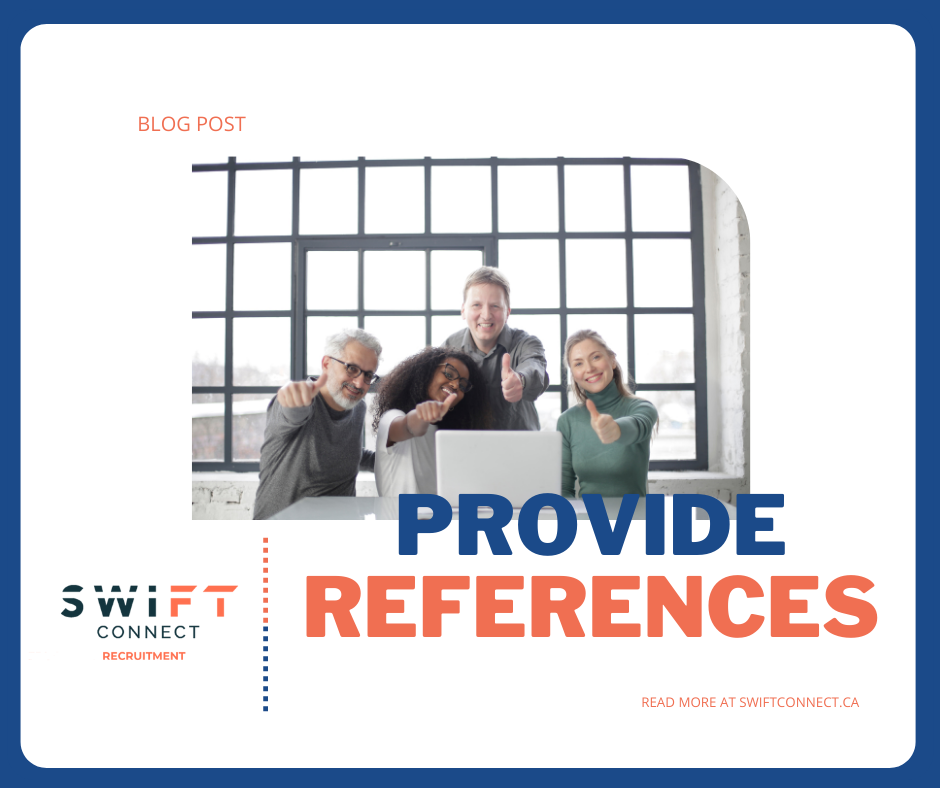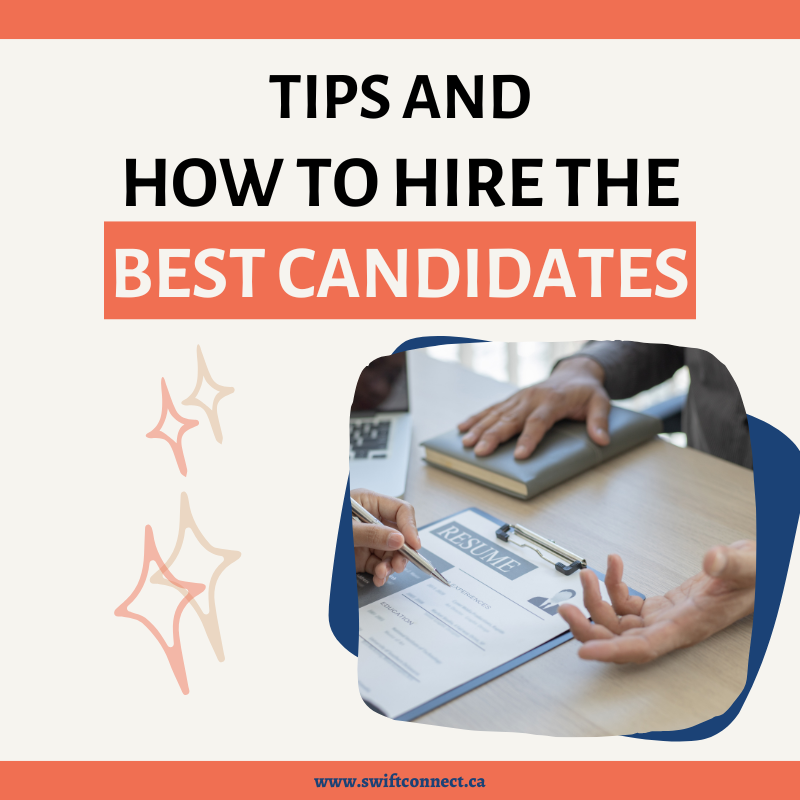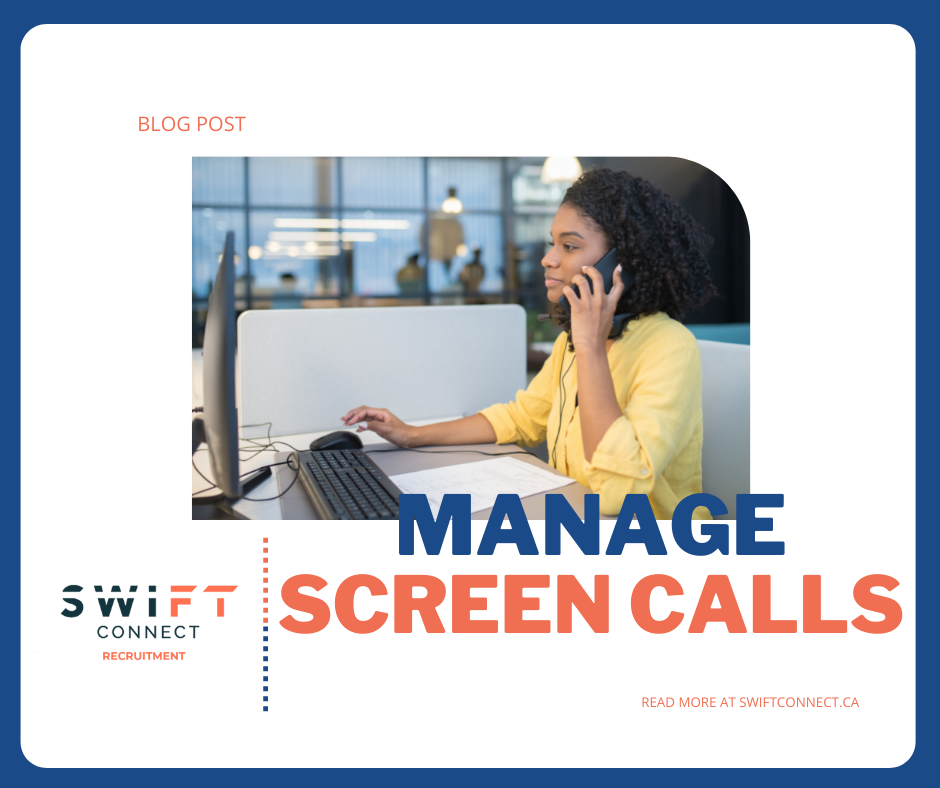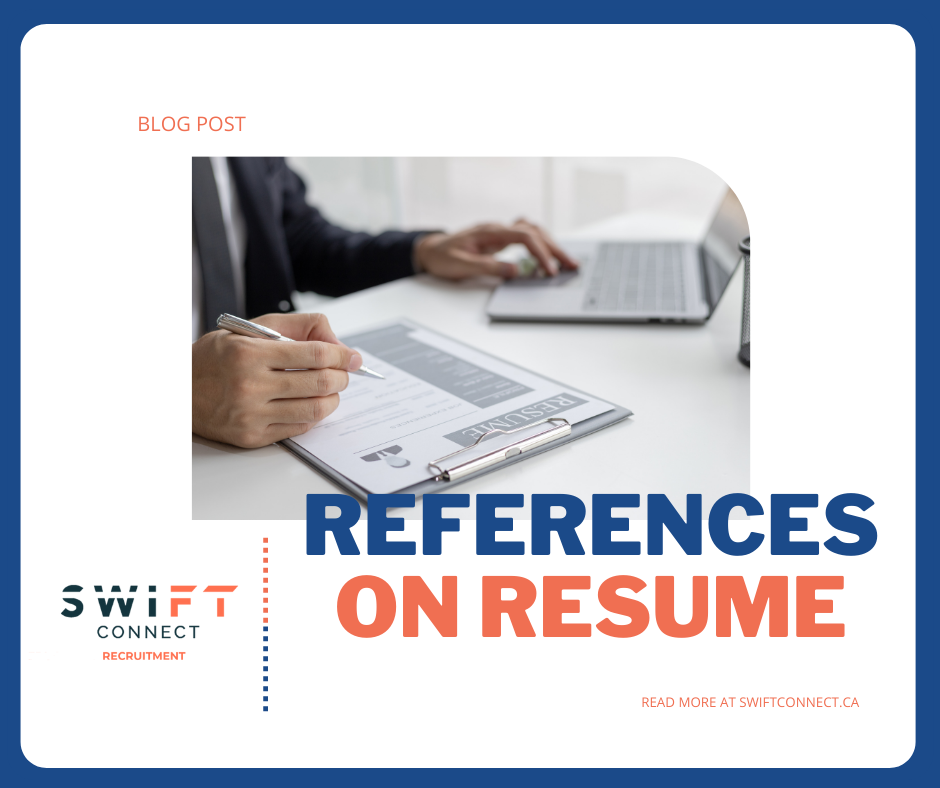8 Pieces Career Advice for Job Seekers
In this blog post, we will provide advice to job seekers looking to start their career, make a move, or want to improve professionally.
1. Be Reliable
Reliability is important throughout the recruitment process as well as after accepting a job offer. Being reliable when scheduling interviews, answering follow ups, and other tasks when looking for a job can show the employer that you are a reliable and dependable worker. As well, once you are working, make sure to show up on time, consistently do a good job, and show your worth.
2. Be Nice
Being a nice person can be very rewarding. Make sure to always treat others with respect, regardless of their experience or position in a company.
3. Build Trust
Make sure to keep your word to build trust with your coworkers. Set deadlines that are reasonable and that you can deliver on time. Try to not over promise or under deliver, as that can diminish someone’s perspective of you. Be honest with the people you work with to build strong relationships.
4. Be Comfortable Being Uncomfortable
Get outside of your comfort zone. Take on new challenges and put yourself in situations that make you uncomfortable or nervous. There you can learn, grow, and build confidence.
5. Never Stop Learning
Change is inevitable when starting a new job, it is also something that everyone will experience in the workplace. Things will always change in a job, career, and industry. Change can help you develop new skills and knowledge that can help you succeed. You can also take it upon yourself to get a new certification, take a professional development course, or look for new ways to improve yourself in your field.
6. Speak Up
Use your voice to share your ideas or concerns. Your idea could be great and have a significant impact, share your ideas with your team. Speak your concerns to let other know how you feel, you never know if someone feels the same but is scared to say something. Be the initiator to offer your concerns and ideas to fix the situation. The more you speak, the more people will notice you and value your input.
7. Ask For Help
No one has all the answers, everyone needs help sometimes. You cannot do everything yourself, so do not be afraid to ask others for assistance when you need it. As well, try to notice others and offer to help others when they need help.
8. Value Feedback
Receiving feedback can help you grow as a professional and build relationships with others. Taking feedback from others can help you learn. Applying feedback can help you progress and move forward in your career. It is important to learn how to take constructive criticism without taking it personally.

